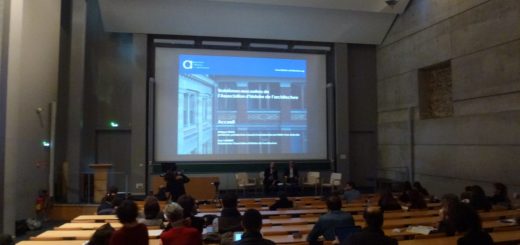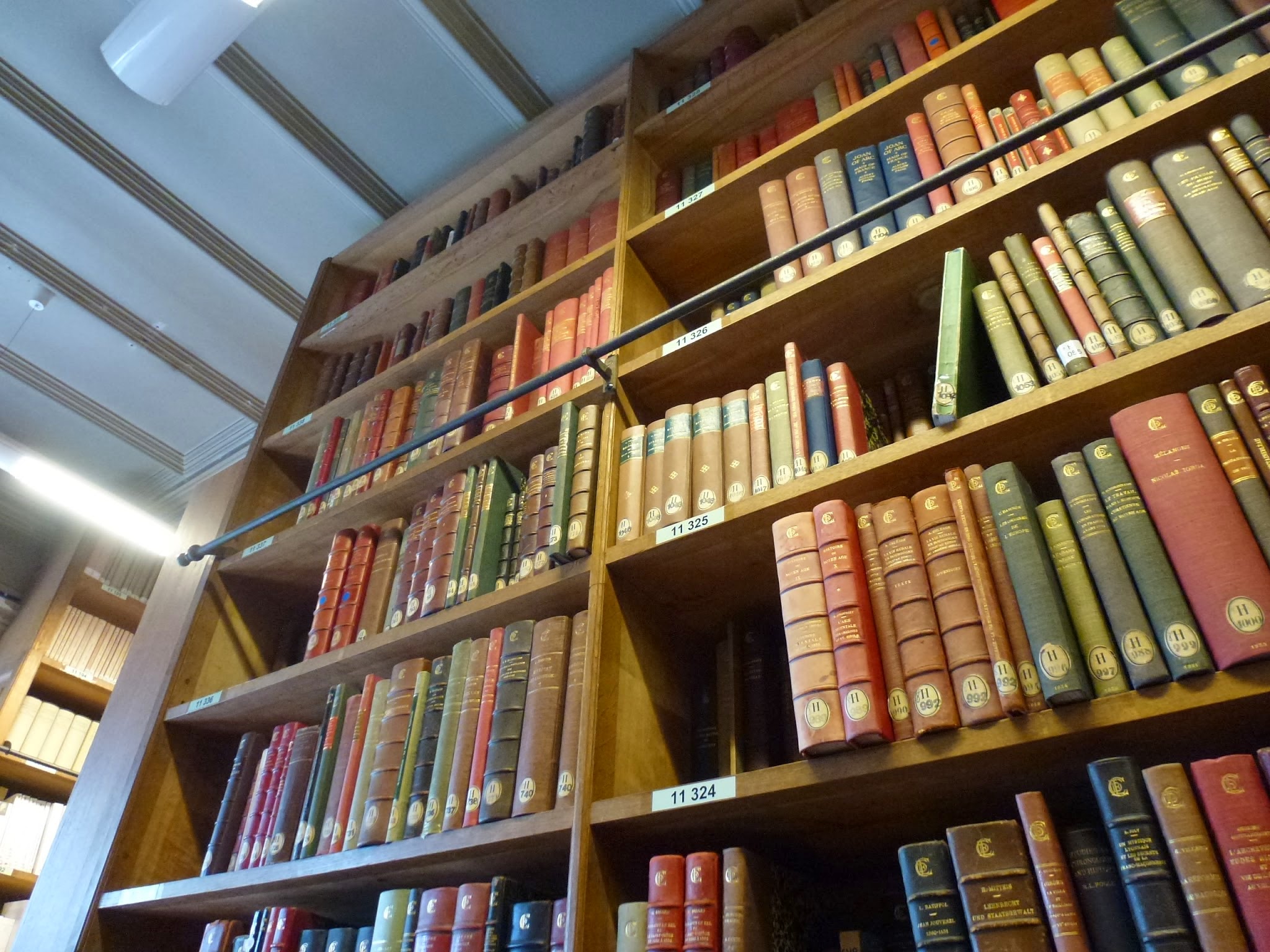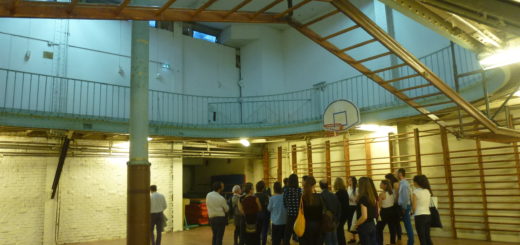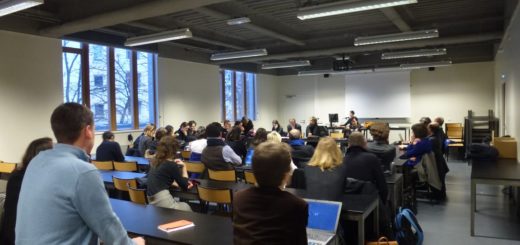“Resilience and Recovery in architectural history and historiography”: appel à articles (Architectural Histories) avril 2017
Call for Papers
Architectural Histories invites paper abstracts for a special themed issue on Resilience and Recovery in architectural history and historiography.
 We live today in a world of rapid change. These changes take form in technological innovations, socio-economic shifts, political uncertainties, cultural developments, and climatic and ecological divergence. The resulting storms of excitement, fear and anxiety have stimulated the development of new constructs in the social and applied sciences, notably the concept of resilience. Developed first in relation to biological and ecological systems, resilience is generally understood as the ability of something or someone to return to a stable state from an anomalous one. On a more subtle level, “resilience” implies processes of negotiation, absorption, and adaptation in response to significant change. Within architectural history, recent research on resilience has focused on the ecological and environmental issues, with specific attention to the development of building in response to present and future changes. Less has been written about the social and cultural dimensions of the change in respect to architectural production – how constructions have adapted to change in the past, and the ways in which these changes have been theorized and presented in history. The EAHN journal Architectural Histories seeks to expand the discourse on resilience in architecture, and the correlative idea of recovery. Within the context of architecture, both terms refer to processes of emergence and transformation. The journal solicits abstracts for articles that examine moments of resilience and recovery in architectural history, theory, and historiography, and welcomes contributions that challenge or expand the limits of these conceptual categories in architecture.
We live today in a world of rapid change. These changes take form in technological innovations, socio-economic shifts, political uncertainties, cultural developments, and climatic and ecological divergence. The resulting storms of excitement, fear and anxiety have stimulated the development of new constructs in the social and applied sciences, notably the concept of resilience. Developed first in relation to biological and ecological systems, resilience is generally understood as the ability of something or someone to return to a stable state from an anomalous one. On a more subtle level, “resilience” implies processes of negotiation, absorption, and adaptation in response to significant change. Within architectural history, recent research on resilience has focused on the ecological and environmental issues, with specific attention to the development of building in response to present and future changes. Less has been written about the social and cultural dimensions of the change in respect to architectural production – how constructions have adapted to change in the past, and the ways in which these changes have been theorized and presented in history. The EAHN journal Architectural Histories seeks to expand the discourse on resilience in architecture, and the correlative idea of recovery. Within the context of architecture, both terms refer to processes of emergence and transformation. The journal solicits abstracts for articles that examine moments of resilience and recovery in architectural history, theory, and historiography, and welcomes contributions that challenge or expand the limits of these conceptual categories in architecture.
Within architecture, the concepts of resilience and recovery highlight a dichotomy at the core of the discipline – between innovation and tradition. This tension is reflected in the scholarship, and the historiography it has given way to. Throughout the modern history of architecture, scholars have typically sought to aggrandize their subjects, glorifying individual personalities, highlighting technological accomplishments and the conditions to which they respond, and celebrating the revolutionary. Implicitly or explicitly, such histories might be understood as commentaries on resilience: the extent to which new forms transform and even inundate old structures. Within the modern era, the idea of revolutionary change in architecture may also be examined in the context of political and social movements, whose ideologies materialize in the production of new forms. In this context, traditional models are rejected as suspect, evidence of revanchism, and the notion of retaining or restoring old structures is seen as yielding to the forces of reaction.
At the same time, the history of architecture may be told as a continuum, the key developments of which are born out of existing traditions, ideas and practices, and advanced in time, according to the specifications and demands of a given moment. Following from this, one might consider resilience in terms of the longue durée, whereby elements of architectural design push back against (or just “resist”) social changes or even chaos. Correspondingly, we might associate resilience with fundamental conditions in the built-environment, as evidenced in forms and practices that remain constant across time and place. Resilience might also be correlated with recovery in a more active sense, as a conscious revival or reinterpretation of the past.
The fluid and open definitions of resilience and recovery in architecture present new lenses through which to consider the discipline’s history. The application of these concepts in contemporary architectural discourse also invites reflection on the utility of these terms. If resilience is considered as an active and transformative design principle, how do we assess “resilient architecture” over a prolonged period? Can resilience become an enduring attribute of architecture? Moreover, how do the concepts of resilience and recovery allow us to re-evaluate or revise established relationships between architectural history and theory? To what extent are these concepts adaptable across broad temporal and geographical spectrums?
Architectural Histories invites abstracts for articles that explore these ideas and concepts in relation to any period, epoch or region of architecture. Topics might include, but are not limited to:
Resilient forms in architecture
Recovery as radical alternative to modernization
Symbolic and utilitarian continuity in architecture despite formal disruption or change
The appropriation or re-appropriation of building sites and materials in architectural practice
Assimilation of previous architectural languages and emancipation of new forms of expression
The resilient languages of classicism or modernism
Architectural restitution
Resilient concepts and methods in the historiography of architecture
Style as something that is resilient/redundant in architectural history writing
Alternative discourses to resilience in writing about architecture
Resilient concepts and methods in the historiography of architecture
Resilient histories and theories of architecture
Article proposals should be submitted in English, between 800-1000 words. Submission should include a brief cover letter, contact information and author C.V.
Submission deadline: 1 June 2017
Authors will receive notification by 20 June 2017
Deadline for final articles: 1 January 2018
All material should be submitted to editorial@journal.eahn.org
Posted on 21 Apr 2017 http://journal.eahn.org/announcement/







